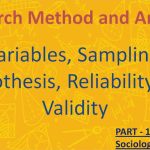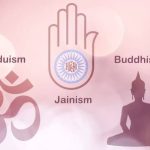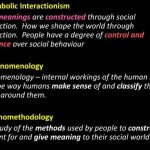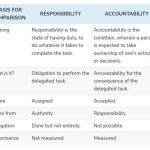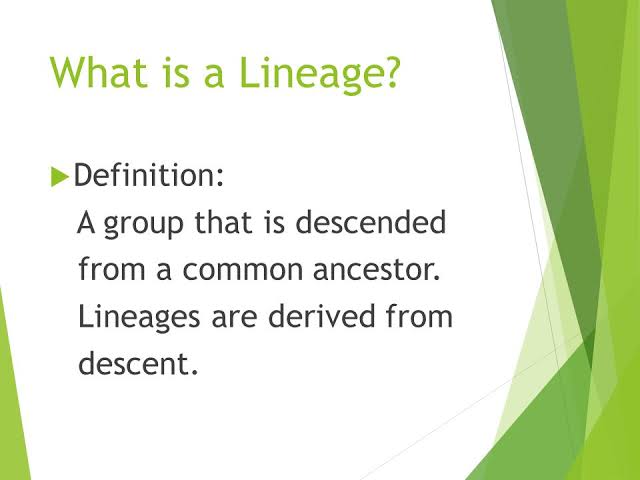
The word “lineage” refers to all of a person’s children and grandchildren through a certain number of generations. Lineage group is the name for a group of living people who belong to a known social group. Sometimes a lineage is made up of all the male descendants of a single ancestor. This is called a patrilineage or an agnatic lineage. A lineage made up of female descendants is called a matrilineage.
Usually, people in the same lineage do the same rituals, which may be totemic in nature, and they don’t marry other people.Clans are usually made up of more than one family, and their ancestors could be humans, animals, plants, or even things that can’t move. Radcliffe Brown has a little bit of a different view. He says that lineage means “sib.” He came up with the word. A sib is a group of people who are related by blood but do not live together.
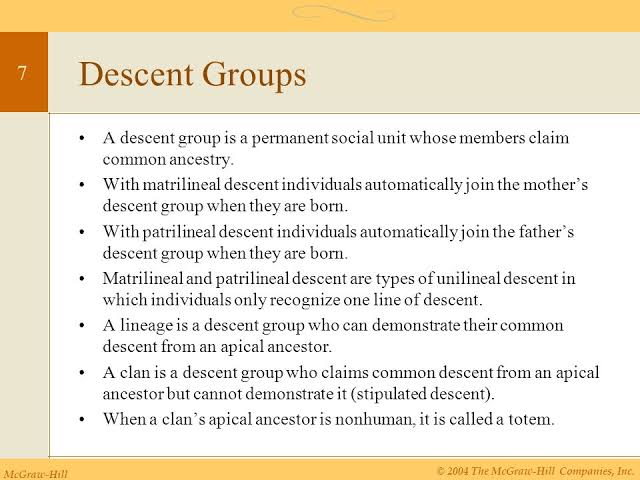
A descent group is any group of people who share a shared ancestor, whether that ancestor is real or made up.So, a lineage is a group of people with a single line of descent. People can belong to a lineage through either patrilineal or matrilineal descent. In some countries, a child is considered to be a descendant of both his or her father and mother. However, titles and last names are usually passed down through the male line.
The name for this kind of system is Bilateral or Cognatic. The person is related to many people at the same time, including their two parents, four grandparents, eight great-grandparents, and so on. This link is only limited by what you can remember or by a cut-off point that is usually set at, say, four or five degrees away. In small communities where people marry each other, there are likely to be overlaps in membership, and if there is a fight or feud, a person might feel torn between two groups. In some cognatic systems, a person has the right to be a member of several cognatically recruited groups based on their ancestry, but this right is only real if the person can live in the area of a certain group. This kind of rule is often found in modern laws about country.
Types of Descent:
In other societies, on the other hand, and yours is probably one of them, descent is only counted through one line. Either the child is part of the group of the father, which is called patrilineal descent, or the group of the mother, which is called matrilineal descent. Theories about how people get pregnant and how they give birth often match up with these different ways of counting descent. In the first type, the father is often given the most important role in having children, while the mother is seen as just carrying the child. In the second type, the father’s role may not be recognised at all.
In some societies, a child can choose to be part of the group of either parent, or they can be part of the group of one parent for some things (like inheriting property) and the group of the other parent for other things (like inheriting ritual or ceremonial roles). We call this “double unilineal descent.”
The idea of unilineal descent makes it clear that a person is part of a social group that existed before he or she was born and will continue to exist after he or she dies. Members of a descent group have a sense of a shared identity and often call each other “brother” or “sister,” even if there is no way to prove that they are related by blood.
Exogamy is also very common in groups of descent, though it is not always the case.That is, they can only marry people outside of this group. In traditional Chinese society, for example, there were about a hundred “surname” groups, which you could also call “clans,” where marriage was not allowed. These “surname” groups were further divided into lineages, whose members claimed to be able to trace their ancestry back several hundred years to a founding ancestor, and then into more localised subline ages, and so on, until they reached the level of individual families who lived in the same area. Sometimes, people from the same family would move into a whole village. In Indian caste system, the gotras are also exogamous descent groups that are divided in a similar way.
How Descent Groups Work:
Aside from exogamy, unilineal descent groups tend to be “corporate” in a number of other ways. Their members may get together often for rituals and ceremonies, such as to worship lineage gods, totems, or relatives as a group. The descent group will have a built-in system of authority, with most power going to older men, and it may own company property. The place of a person in the descent group will determine his or her economic rights and responsibilities.
In many societies, groups with a single line of ancestry are also legal units. They decide their own issues and act as a single group when dealing with other similar groups in feuds, etc. Because of this, in countries without a centralised state structure, the family structure is often the same as the political structure.
Lineages can’t keep growing in the same place forever, so they often split into smaller, easier-to-manage, and economically successful pieces.You can, so to speak, see the lines of division on the ground. Think about how land is owned in an Indian village or how a village or town is built up. The descendants of a single founding ancestor may live in a certain area of the village or town. Most of the time, the big havelis are split between brothers or step-brothers, and their children and grandchildren live in the other parts. If a lien goes away, the property would be put back together.
Given the wide range of social roles that descent groups may be able to play, it is not surprising that many students of comparative family have focused on the rules of unilineal descent.But even these experts know that one line of ancestry is not the whole story. In ancient Rome, women kept in touch with their birth group even after they got married. In some slave societies, the slave does not have his or her own “family.” In patrilineal systems, the mother’s father, mother, and sister, and especially the mother’s brother, are important connections that need to be talked about more. The scholars have come up with another theory to show how important these relationships are. This is called the “principle of complementary filiation,” and it explains why the brothers of the mother play important religious and social roles in the lives of their sister’s children. It tells us that in most societies, a person is the child of both parents, no matter how formal lines of descent are drawn.





